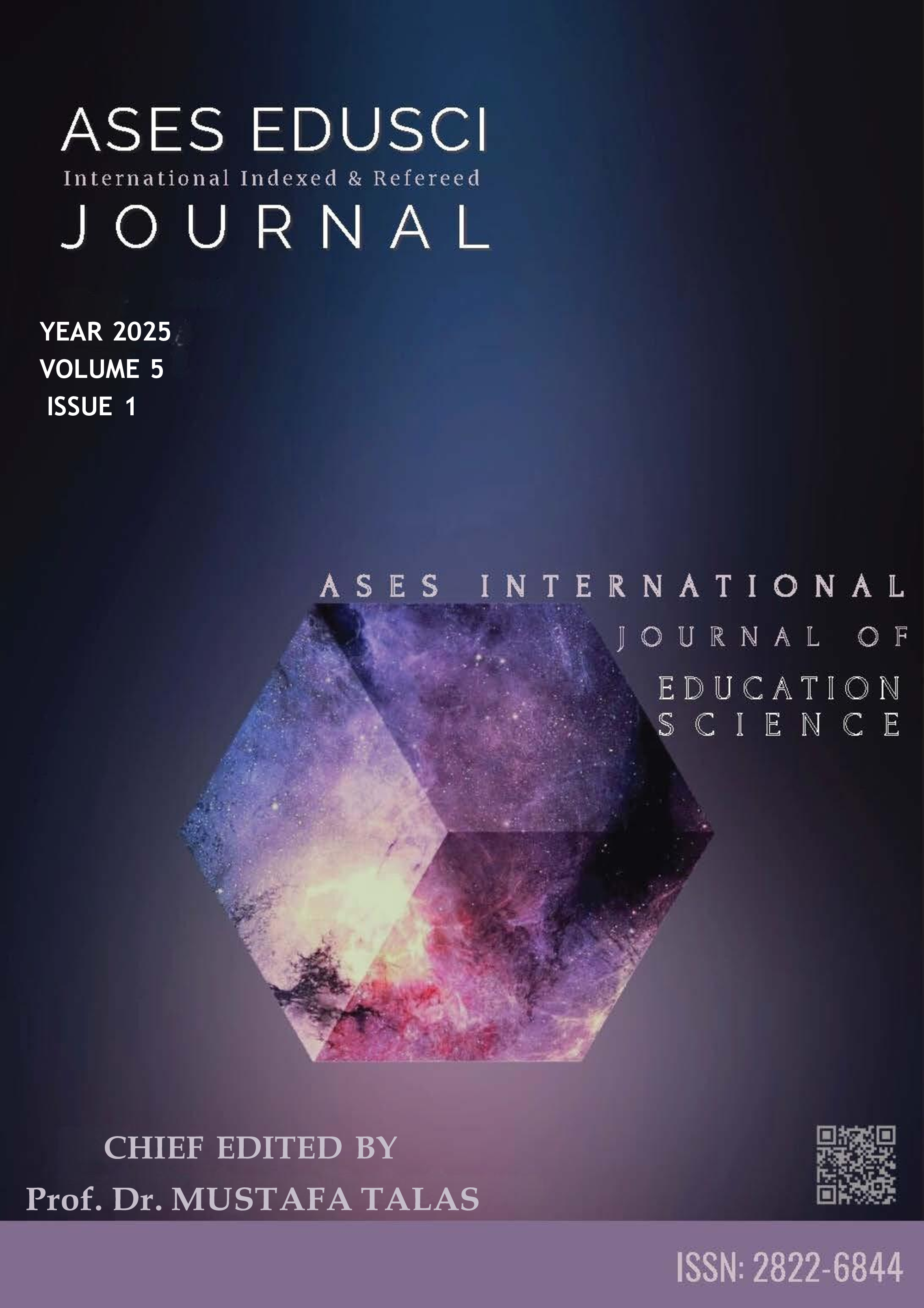The Emergence of Sociological Criminology: on the Factors, Perspectives, and Impact in the Early 20th Century
DOI:
https://doi.org/10.5281/zenodo.15718848Anahtar Kelimeler:
Sociological Criminology, Strain Theory, Social Disorganization theory, crime causationÖzet
Sociological criminology emerged in the early 20th century as a departure from traditional psychological and biological theories of crime, shifting its focus to social-structural and ecological factors that influence criminal behaviour. This study fills a gap in criminological literature by examining the development and impact of sociological criminology in the early 20th century. Hence, the prime intention of this study was to uncover the emergence and influence of sociological criminology during this specific time. Using the Narrative Literature Review method, this study identified the factors that caused the emergence of sociological criminology in the early 20th century and examined the repercussions. The conclusion section of the research study explains the various ways in which sociological criminology has contributed to the development of modern criminology.
Referanslar
Akers, R. L., & Sellers, C. S. (2013). Criminological theories: Introduction, evaluation, and application (6th ed.). Oxford University Press.
Becker, H. S. (1963). Outsiders: Studies in the sociology of deviance. Free Press.
Braithwaite, J. (2002). Restorative justice and responsive regulation. New York: Oxford University Press.
Burgess, E. W., & Park, R. E. (1921). Introduction to the science of sociology. University of Chicago Press.
Cullen, F. T., & Agnew, R. (2011). Criminological theory: Past to present. New York: Oxford University Press.
Daly, K. (2016). Gender, crime, and punishment. In M. Tonry (Ed.), Crime and justice: A review of research (Vol. 45, pp. 1–53). Chicago: University of Chicago Press.
Durkheim, E. (1895). The rules of sociological method. Free Press.
Durkheim, E. (1951). Suicide: A study in sociology. Free Press.
Friedman, L. M. (1993). Crime and punishment in American history. Basic Books.
Garland, D. (2001). The culture of control: Crime and social order in contemporary society. Chicago: University of Chicago Press.
Garofalo, R. (1885). Criminology. The Macmillan Company.
Gottfredson, M. R., & Hirschi, T. (1990). A general theory of crime. Stanford, CA: Stanford University Press.
Hagan, J. (2013). Introduction to criminology: Theories, methods, and criminal behavior. Thousand Oaks, CA: Sage Publications.
Katz, J. (1988). Seductions of crime: Moral and sensual attractions in doing evil. Basic Books.
Kornhauser, R. (1978). Social sources of delinquency: An appraisal of analytic models. University of Chicago Press.
Lombroso, C. (1876). Criminal man. Duke University Press (Reprinted edition).
Merton, R. K. (1938). Social structure and anomie. American Sociological Review, 3(5), 672–682.
Park, R. E., & Burgess, E. W. (1925). The city. University of Chicago Press.
Shaw, C. R., & McKay, H. D. (1942). Juvenile delinquency and urban areas. University of Chicago Press.
Sutherland, E. H. (1924). Criminology. J. B. Lippincott Company.
Taylor, I., Walton, P., & Young, J. (2013). The new criminology: For a social theory of deviance. New York: Routledge.
Williams, F. P., & McShane, M. D. (2016). Criminological theory. Routledge.
İndir
Yayınlanmış
Nasıl Atıf Yapılır
Sayı
Bölüm
Lisans
Telif Hakkı (c) 2025 ASES EDUSCI (INTERNATIONAL JOURNAL OF EDUCATIONAL SCIENCES) ISSN: 2822-6844

Bu çalışma Creative Commons Attribution-NonCommercial 4.0 International License ile lisanslanmıştır.


